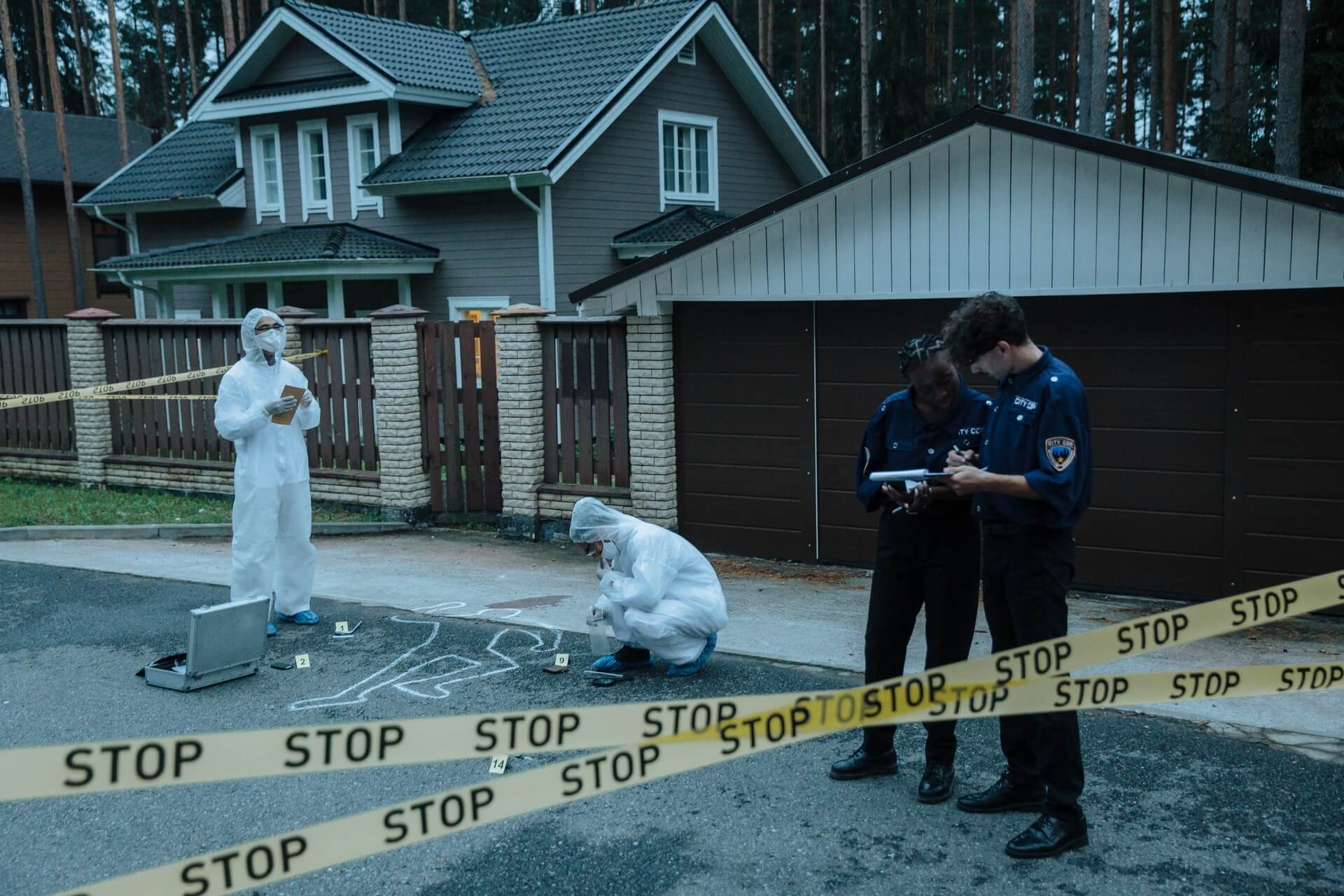BOULDER, Colo. — The United States has experienced an alarming rate of mass shootings, with incidents occurring over 10 times more frequently than in other developed nations. There have already been over 400 mass shootings in the U.S. this year alone. However, detailed insights into their geographical distribution and types of mass shootings remained scarce — until now.
Researchers from the University of Colorado School of Medicine’s Firearm Injury Prevention Initiative conducted an in-depth study into this grave matter.
“I’m constantly asked, ‘What is public health doing about the rise in mass shootings?” says Leslie Barnard, a student working with the University of Colorado School of Medicine’s Firearm Injury Prevention Initiative, in a university release.
The findings delve into the “why, where, and how often” of mass shootings.
“This study is not intended to answer every question, but highlights components to generate more hypotheses,” explains Barnard.
Relying on data from the Gun Violence Archive, which defines mass shootings as incidents where four or more individuals are shot or killed, excluding the shooter, the research analyzed events from Jan. 1, 2014, through Dec. 31, 2022.
The results startled researchers. Over this period, the U.S. experienced 4,011 mass shootings. The number of incidents varied across states, with Hawaii and North Dakota reporting zero occurrences, Illinois having 414, and Colorado witnessing 60. Among these, 27 percent of the shootings had a social context, 16 percent were crime-related, 11 percent stemmed from domestic violence, one percent were school or workplace-related, and 52 percent did not fit any predefined category.

The findings were more unsettling when viewed through the lens of population size. The District of Columbia emerged as the most affected area, with a rate of 10.4 shootings per million people, starkly followed by Louisiana and Illinois, each recording significantly lower rates of 4.2 and 3.6, respectively. These statistics were not mere numbers but signified thousands of lives disrupted – a total of 21,006 people were either injured or killed in these incidents over the nine years.
“From this data, we can speculate that certain communities and victims are underrepresented,” notes Barnard. “Mass shootings in public places are covered by media, but 11 percent of mass shootings are domestic violence-related and even more may never be reported or receive coverage. We ask ourselves how we can raise awareness and bring support to this issue.”
An obstacle in understanding the issue lies in the inconsistent definitions of “mass shooting.” The researchers suggest that using different parameters might yield different patterns. For instance, if the analysis considered only indiscriminate shootings or those resulting in fatalities, the geographic distribution and prevalence might vary.
“While we consider mass shootings as four or more persons shot or killed, some data sources only count deaths,” says Barnard. “This discrepancy is especially difficult for epidemiologists, because we need to have a cohesive definition for what we’re reporting on.”
The profound implications of this research lie in its potential to guide future inquiries and policy measures. By having a greater grasp on the types of mass shootings and their prevalence in different states, lawmakers, and community leaders can devise tailored prevention strategies. Furthermore, it underscores the need for a holistic approach, taking into account socioeconomic, cultural, and political factors intrinsic to each state, to mitigate this ongoing crisis effectively.
“Understanding where mass shootings occur across the country, and more about the context, such as how often these tragic events happen in homes, can point firearm injury prevention specialists toward how to prevent them,” adds Dr. Ashley Brooks-Russell, a study co-author and director of the Injury and Violence Prevention Center in the Colorado School of Public Health.
Researchers believe that such studies are crucial in addressing and eventually mitigating the issue of firearm injuries across the country. In essence, this study is a clarion call for a more nuanced understanding and approach to a complex issue that continues to plague American society. Its findings offer a road map that, if followed with insight and empathy, could lead to a safer future for communities across the nation.
The study is published in the journal JAMA Network Open.
You might also be interested in:
- 1 in 5 teachers thinks carrying guns makes classroom safer, survey reveals
- Majority of Californians have been affected by an ‘experience of violence’
- Gun violence: Study reveals odds of a mass shooting in your state

